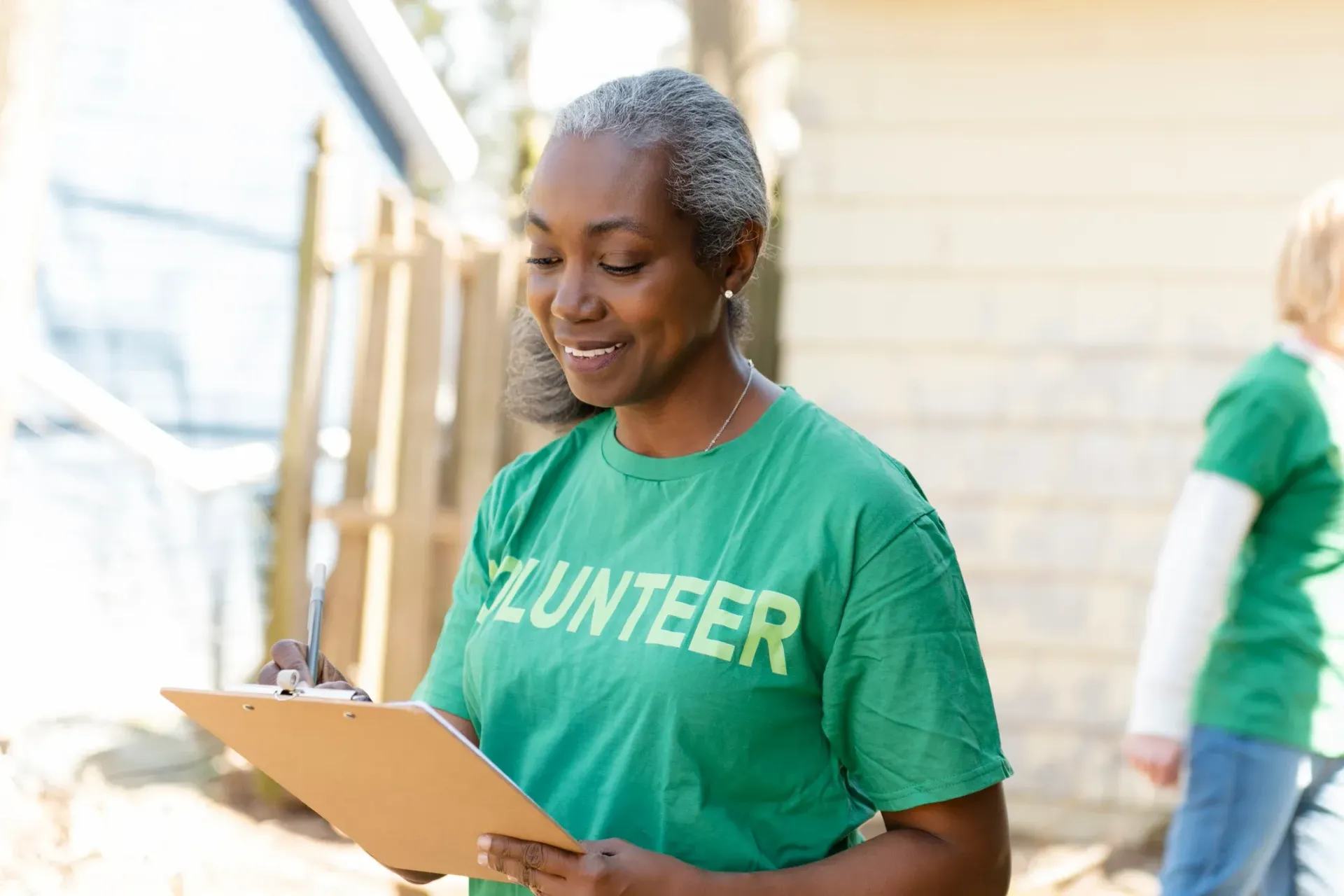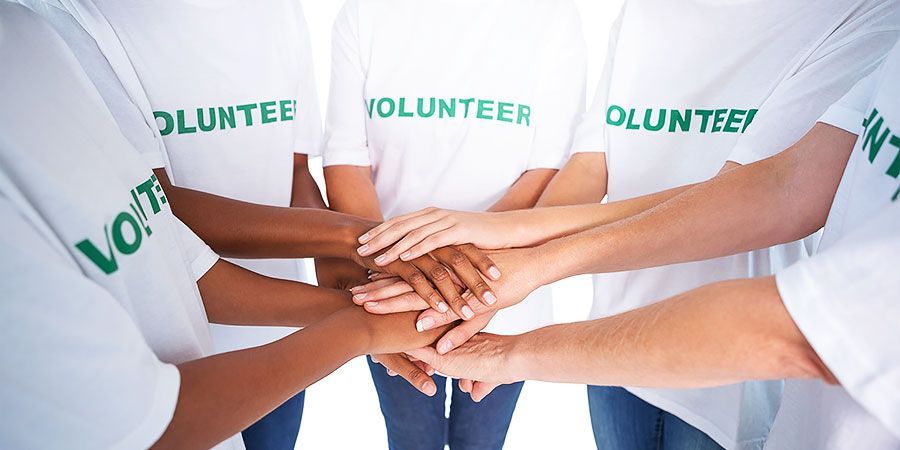Do You Need Special Training Before Becoming a Volunteer?
TLDR;
In most cases, you do not need special training before
becoming a volunteer. Many organizations provide orientation and role-specific instruction once you start, while certain positions with safety or technical responsibilities require training or certification before you begin. The type of volunteer role determines the level of preparation needed.
Why Volunteer Training Matters
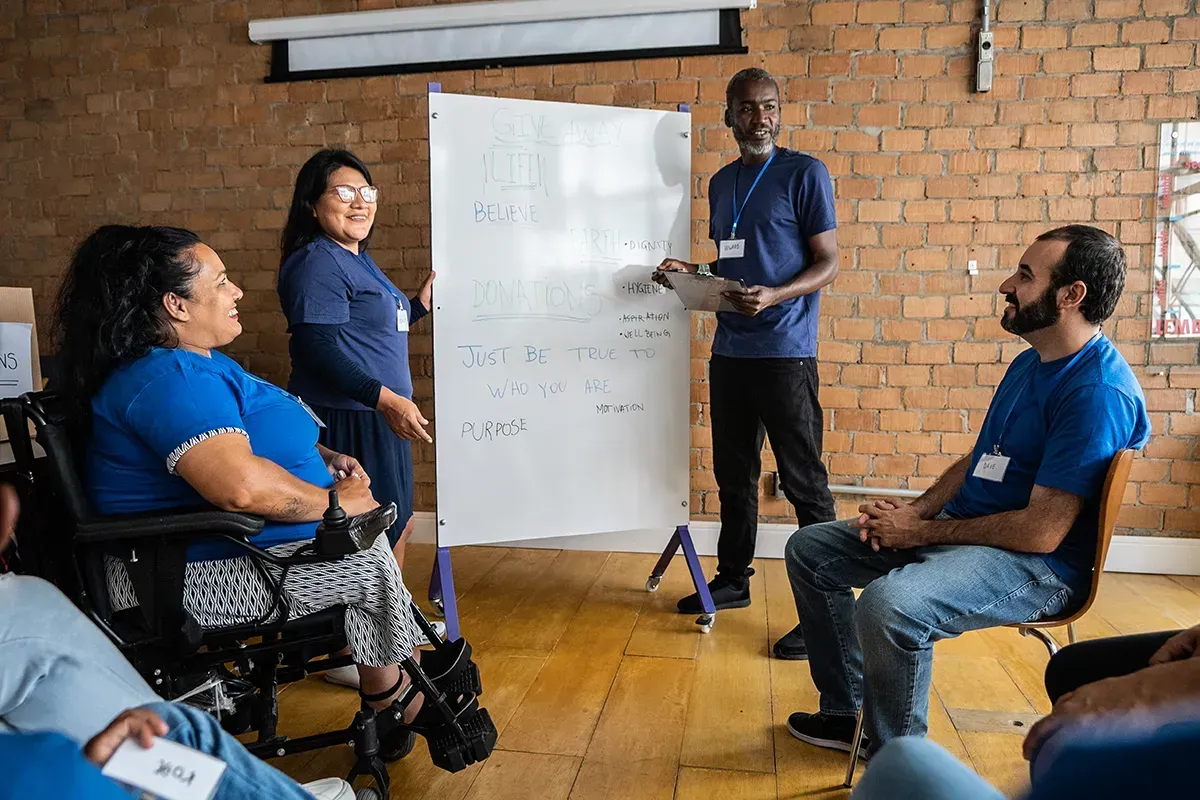
Some volunteer roles need structured preparation. Others only require a short orientation. The difference comes down to safety, responsibility, and the skills involved. Training ensures you are ready to help without creating risks for yourself, the organization, or the community.
Benefits of proper training:
- Increases your confidence in the role
- Improves your ability to complete tasks correctly
- Ensures you understand safety and compliance requirements
- Aligns you with the organization’s mission and culture
Without preparation, mistakes happen. For example, an untrained event helper might set up equipment incorrectly, causing delays or hazards. In health-related volunteer work, a lack of training could result in unsafe conditions.
Volunteer Training Requirements in Different Roles

Not all volunteer opportunities are the same. Some have minimal entry requirements, while others require formal instruction before you can start.
Roles with minimal or no pre-service training:
- Event setup and cleanup
- Greeting guests at community functions
- Distributing food or supplies
- Assisting with basic office tasks
Roles requiring structured training:
- Volunteer firefighting or emergency medical response
- Crisis hotline support
- Disaster relief operations
- Animal rescue and care
- Health outreach work in clinics or communities

Many organizations follow a similar onboarding sequence:
- Application and background check (if required)
- Initial orientation to explain mission, values, and expectations
- Role-specific training that may be in-person or online
- Supervised volunteer period before full independence
Understanding this process helps set expectations about
when you can begin volunteering, especially for roles that require a more thorough screening or training phase. CleanUP USA, for example, provides new volunteers with a clear onboarding plan. This includes safety briefings, role demonstrations, and follow-up guidance to ensure they can provide mobile community services effectively.
Training for Volunteers: Formats and Methods
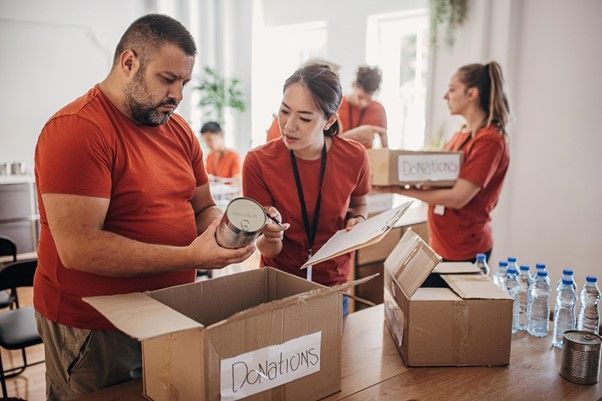
Organizations use different formats to prepare volunteers, depending on resources and the nature of the work.
Common methods include:
- In-person workshops
- Online modules and video tutorials
- Written handbooks or guides
- Scenario-based exercises
- Shadowing experienced volunteers
Some programs combine several methods to reinforce learning. For example, a volunteer may complete online safety training, then attend an in-person session to practice skills before serving in the field.
Volunteer Preparation Guidelines

Before starting, assess what preparation you might need:
- Check the role description for any required certifications
- Ask about mandatory orientations or safety briefings
- Review any resources sent by the organization
- Familiarize yourself with basic etiquette and communication guidelines
Volunteering with CleanUP USA involves understanding how to interact respectfully with diverse communities, how to use mobile service equipment safely, and how to work within the schedules and protocols of different service areas.
Volunteer Skill Development Over Time

Initial preparation is important, but ongoing training helps volunteers grow in their roles. Many organizations offer:
- Refresher courses
- Leadership workshops for experienced volunteers
- Advanced skills training for specialized tasks
- Cross-training to serve in multiple roles
This not only benefits the organization but keeps volunteers engaged and capable.
Volunteer Safety Procedures
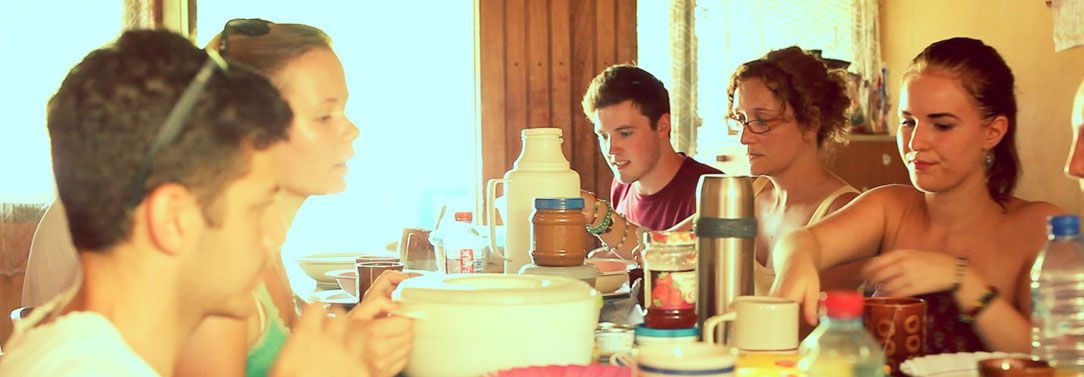
Safety is one of the main reasons some volunteer positions require pre-service training. Even in low-risk roles, safety awareness matters.
Key safety measures covered in training:
- How to identify and report hazards
- Proper handling of equipment or tools
- Emergency evacuation procedures
- Personal protective equipment (PPE) usage
CleanUP USA ensures all volunteers know safety procedures for its mobile service units, including setting up stations securely and managing crowd flow during community events.
Volunteer Guidelines and Expectations

Every organization has rules to maintain professionalism and effectiveness. These often include:
- Attendance and punctuality standards
- Dress code for specific roles
- Confidentiality policies
- Communication channels for reporting issues
Being aware of and following these guidelines shows commitment and respect for the opportunity.
Self-Assessment: Do You Need Training Before Volunteering?

Ask yourself these questions before applying:
- Will I work directly with vulnerable populations?
- Does the role involve specialized equipment or emergency response?
- Is there a legal requirement for certification?
- Am I comfortable learning on the job, or do I need structured preparation first?
If the answer to any of these points is yes, seek clarification on training before committing.
How Organizations Design Effective Volunteer Training
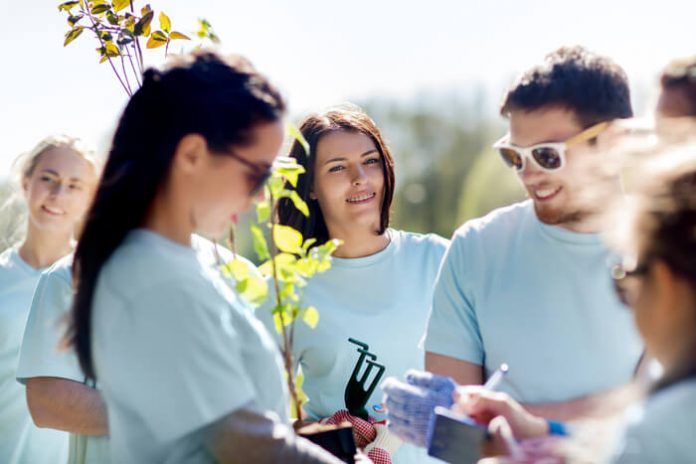
Best practices include:
- Clear objectives for every training session
- Interactive learning methods to keep volunteers engaged
- Assessments to confirm understanding
- Opportunities for feedback and improvement
Tools often used include mobile learning apps, video conferencing, and online tracking systems for course completion.
Role vs. Training Needed Table
| Volunteer Role | Training Needed Before Start | Reason |
|---|---|---|
| Event setup crew | Orientation only | Low safety risk, simple tasks |
| Food bank packer | Brief instruction | Consistency in packing, hygiene |
| Hotline counselor | Structured training | Sensitive conversations, risk management |
| Animal shelter caregiver | On-site training | Animal safety and care |
| Disaster relief team member | Certification and field drills | High-risk environment, coordination needs |
| Volunteer firefighter | State-approved courses | Legal and safety requirements |
Future of Volunteer Training

Trends point toward more accessible, flexible training formats. Online platforms are making preparation faster while maintaining quality. Organizations are also adopting microlearning modules, allowing volunteers to learn in short, focused sessions.
For
CleanUP USA, the goal is to make training mobile-friendly so volunteers can prepare anytime, aligning with the on-the-go nature of community service.
Support CleanUP SCAN ME






